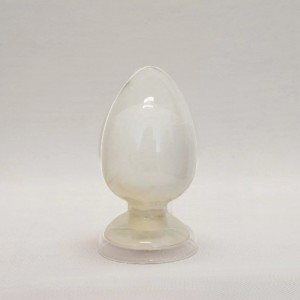-

Rutile Type
Titanium dioxide is an inorganic chemical raw material, which is widely used in industrial production such as coatings, plastics, rubber, papermaking, printing inks, chemical fibers, and cosmetics. Titanium dioxide has two crystal forms: rutile and anatase. Rutile titanium dioxide, that is, R-type titanium dioxide; anatase titanium dioxide, that is, A-type titanium dioxide.
Rutile titanium dioxide has excellent properties such as high temperature resistance, low temperature resistance, corrosion resistance, high strength, and small specific gravity. Compared with anatase titanium dioxide, it has higher weather resistance and better photooxidative activity. Rutile type (R type) has a density of 4.26g/cm3 and a refractive index of 2.72. R-type titanium dioxide has the characteristics of good weather resistance, water resistance and not easy to turn yellow. Rutile titanium dioxide has many advantages in various applications. For example, because of its own structure, the pigment it produces is more stable in color and easier to color. It has strong coloring ability and does not damage the upper surface. Color medium, and the color is bright, not easy to fade. -

Anatase
Titanium dioxide is an inorganic chemical raw material, which is widely used in industrial production such as coatings, plastics, rubber, papermaking, printing inks, chemical fibers, and cosmetics. Titanium dioxide has two crystal forms: rutile and anatase. Rutile titanium dioxide, that is, R-type titanium dioxide; anatase titanium dioxide, that is, A-type titanium dioxide.
Titanium-type titanium dioxide belongs to pigment-grade titanium dioxide, which has the characteristics of strong hiding power, high tinting power, anti-aging and good weather resistance. Anatase titanium dioxide, chemical name titanium dioxide, molecular formula Ti02, molecular weight 79.88. White powder, relative density 3.84. The durability is not as good as rutile titanium dioxide, the light resistance is poor, and the adhesive layer is easy to pulverize after being combined with resin. Therefore, it is generally used for indoor materials, that is, it is mainly used for products that do not pass through direct sunlight.




